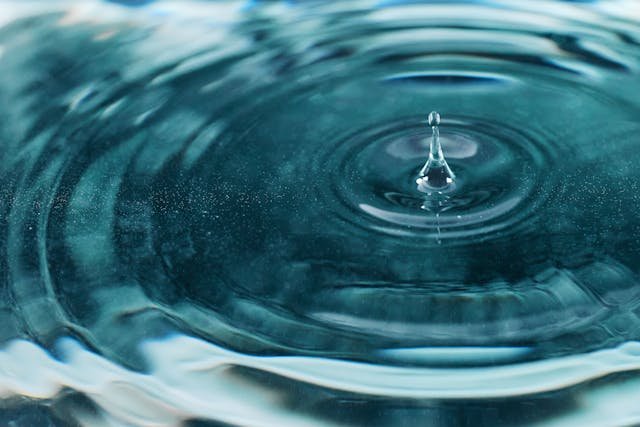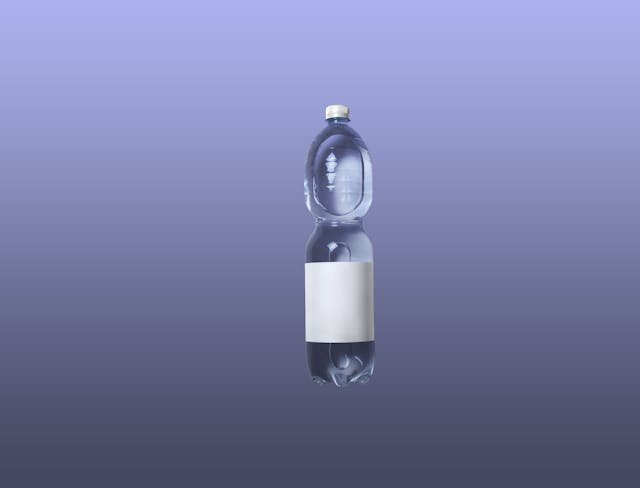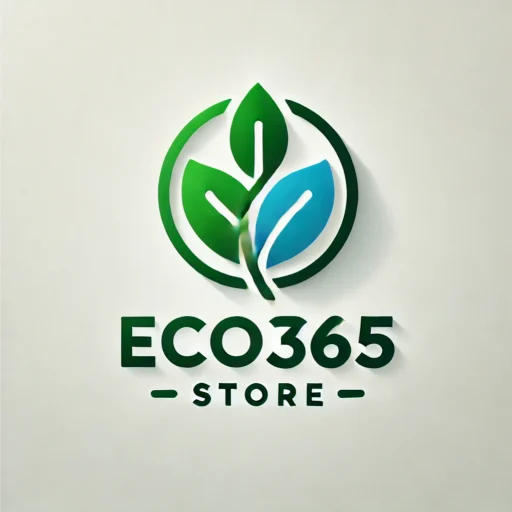Clean drinking water is essential for health, but contaminants often make it unsafe. From bacteria and viruses lurking in untreated sources to heavy metals and pollutants clouding tap water, the risks are real and widespread. Fortunately, purification doesn’t have to be complicated or out of reach. This article explores 10 ways to purify water, whether you’re safeguarding your family at home or tackling an emergency situation where clean water is scarce. Let’s dive into practical solutions to ensure every sip is safe and pure.

Why is Water Purification Important?
Clean water is a cornerstone of good health, but untreated or contaminated water can pose serious risks. Purification of water is critical because it prevents waterborne diseases like cholera and dysentery, which spread through bacteria and viruses lurking in unsafe sources. Beyond microbes, it also removes toxins, heavy metals, and chemicals—hidden threats that can harm your body over time. Plus, the purification of water improves taste, odor, and clarity, transforming murky or foul-smelling water into something refreshing and safe. Whether you’re at home or in a crisis, ensuring clean water through effective purification isn’t just a luxury—it’s a necessity.
What Are The 10 Ways to Purify Water
Wondering how can you purify water to ensure it’s safe and clean? From high-tech systems to simple tricks, there are numerous water purification techniques to suit every situation. Below are 10 effective ways to purify water, including some methods to purify water naturally—perfect for home use, emergencies, or outdoor adventures.
- Boiling ♨️
One of the simplest and most reliable ways to purify water, boiling kills bacteria, viruses, and parasites. Heat water to a rolling boil for 1-3 minutes, and you’ve got a tried-and-true method to ensure safety—no fancy equipment needed.
Filtration 🏺
Filtration is a popular answer to “how can you purify water” effectively. Activated carbon filters remove chlorine, pesticides, and odors, while reverse osmosis systems tackle heavy metals and chemicals. It’s a versatile option for clean water at home or on the go.
Distillation 💧
This method involves boiling water and collecting the condensed steam, leaving contaminants behind. Distillation removes bacteria, heavy metals, and most pollutants, making it one of the more thorough water purification techniques for pure results.
Chlorination 🧪
A quick way to purify water is chlorination—add 8 drops of unscented household bleach per gallon, stir, and let it sit for 30 minutes. This disinfects water by killing pathogens, ideal for emergencies when other options aren’t available.
UV Water Purification ☀️
Using ultraviolet light, this method zaps bacteria and viruses without chemicals. UV filtration systems are common in homes and portable devices, offering some methods to purify water with cutting-edge technology.
Iodine Treatment ⚗️
In a pinch, iodine drops or tablets disinfect water fast—great for emergencies. However, it’s not ideal for pregnant women or long-term use, so consider it a short-term way to purify water when supplies are limited.
Solar Water Disinfection (SODIS) ☀️
Want to purify water naturally? SODIS uses sunlight to kill pathogens. Fill clear plastic bottles with water, place them in direct sun for 6+ hours, and let nature do the work. It’s perfect for sunny climates or survival scenarios.
Water Purification Tablets 💊
These tablets, packed with chlorine, iodine, or other disinfectants, are a go-to for hikers and campers. They’re lightweight, easy to use, and rank among the simplest ways to purify water in the wild.
Sedimentation & Sand Filtration 🏞️
Let dirt and heavy particles settle, then filter through sand, cloth, or ceramic materials. This basic technique is often paired with other methods, offering a natural first step in water purification techniques.
Natural Purification Methods 🌱
To purify water naturally, try charcoal filtering, banana peels, or moringa seeds. These eco-friendly options remove some contaminants and work best as a preliminary step before using other ways to purify water for full safety.

Choosing the Best Water Purification Method
Ensuring access to clean and safe water depends on your specific needs, whether for daily use, outdoor survival, or emergency situations. Here’s how to choose the best purification method based on your circumstances.
1. For Daily Use
If you’re looking to improve tap water quality at home, these methods effectively remove impurities, bacteria, and chemicals:
- Filtration – Activated carbon filters remove chlorine, sediment, and some contaminants from drinking water.
- Boiling – A simple and effective method to kill bacteria, viruses, and parasites.
- Reverse Osmosis (RO) – Uses a semi-permeable membrane to filter out heavy metals, bacteria, and dissolved salts, providing highly purified water.
2. For Outdoor & Survival
When hiking, camping, or in remote areas, these portable methods ensure safe drinking water:
- Water Purification Tablets – Chlorine or iodine-based tablets kill bacteria, viruses, and protozoa in water.
- UV Purifiers – Portable UV light devices deactivate harmful microorganisms in seconds.
- Iodine Drops – A lightweight option that effectively kills bacteria and viruses, but may leave a slight taste.
3. For Emergency Situations
In case of natural disasters or water contamination, these methods provide safe water in survival scenarios:
- Boiling – The most reliable method to eliminate pathogens when clean water sources are limited.
- Chlorination – Adding household bleach (unscented, 4-6% sodium hypochlorite) to water can disinfect it effectively.
- Solar Disinfection (SODIS) – Using clear plastic bottles and sunlight to kill bacteria and viruses through UV exposure.
By selecting the right water purification method for your needs, you can ensure access to safe drinking water in any situation.
Conclusion
Safe drinking water is crucial for health and survival, and without it, the risks to well-being are undeniable. Fortunately, the 10 ways to purify water outlined in this article offer a range of solutions—from boiling and filtration to natural methods like SODIS—adaptable to whatever tools or situations you face. Always test water quality when possible and choose the best purification method for your needs, whether you’re at home, camping, or navigating an emergency. Clean water isn’t just a luxury—it’s a lifeline worth securing.

Anamika is a passionate writer for Eco365Store.com, specializing in topics that inspire a cleaner, greener world. With expertise in home cleaning, recycling, and eco-friendly solutions, she crafts engaging and informative articles that help readers adopt sustainable practices in their daily lives.
